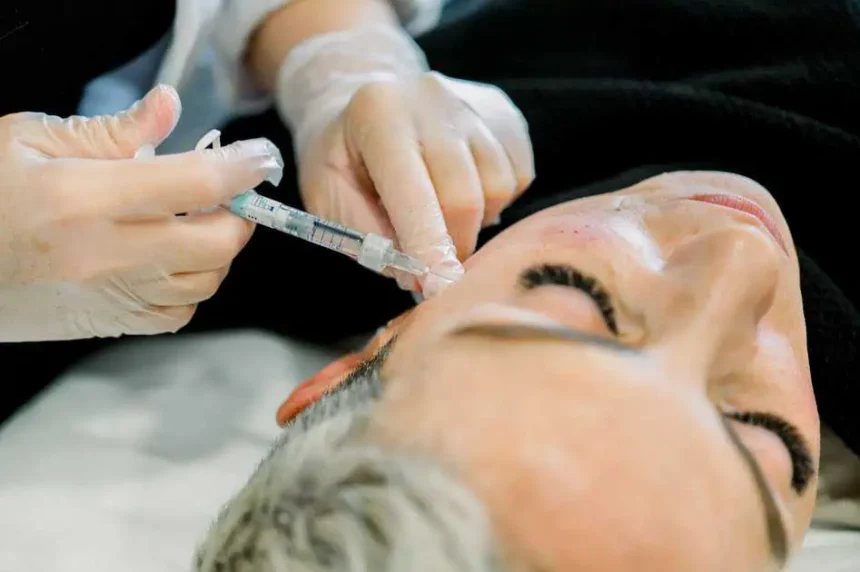Dermal fillers are widely used in non-surgical procedures to restore facial volume, smooth lines, and enhance specific features. Understanding the products, the people they’re suitable for, and the steps involved in a clinic visit supports informed choices. Having this knowledge can better prepare anyone exploring treatment.
What Are Dermal Fillers?
Dermal fillers are injectable substances placed beneath the skin to address loss of volume and reduce the appearance of lines. Many fillers commonly use hyaluronic acid, which is naturally found in the body. The effects from fillers can last anywhere between six months and two years. Fillers are not permanent, allowing adjustments to align with evolving goals or changes in facial structure.
Who Are They For?
Candidates for dermal filler treatments are individuals seeking non-surgical options to address facial volume loss or lines such as nasolabial folds. Common reasons to pursue fillers include loss of cheek or under-eye volume, deepening facial creases, and perceived facial asymmetries. Fillers are also used for clients aiming to achieve fuller lips or a more sculpted appearance in areas like the jaw. Health status matters; those pursuing treatment should be in good health. Pregnant or breastfeeding individuals generally postpone elective treatment. Younger individuals may opt for subtle enhancement, while older adults turn to fillers as part of an anti-aging approach.
What Does the Process Involve?
A dermal filler session begins with a consultation where the practitioner reviews personal goals, examines facial structure, and explains products and techniques. The treatment area is thoroughly cleansed, and guidelines are marked for precise injection. A topical anesthetic may be used to minimize discomfort, and many fillers. Depending on the treatment area and the type of filler chosen, the provider uses either a fine needle or a cannula to place the product at targeted depths beneath the skin. Throughout the injections, mild pressure or a brief pinching sensation may be noted. After each placement, the area is gently massaged to distribute the filler and promote a smooth contour.
The process is typically completed in 45 to 60 minutes, largely based on the number of sites and the quantity of filler used. Clients can expect some localized swelling, redness, or mild tenderness at the injection site, which typically recedes within several days. Individuals are often able to resume routine activities directly following the session, with providers recommending that strenuous exercise or exposure to heat be avoided for a short period to minimize swelling and reduce the risk of side effects. Final aesthetic results emerge as swelling diminishes, and most products show immediate effects after treatment. Practitioners may schedule a follow-up appointment to assess outcomes and perform touch-up injections if required.
Seek Professional Aesthetic Services
For dermal filler treatments, choose a qualified provider as these professionals are equipped to plan treatments with safety and precision. An experienced practitioner will offer factual guidance, provide examples of previous work, and describe aftercare in detail to support safe and satisfactory results. Collaboration with an aesthetics specialist can result in treatment that provides you with satisfactory outcomes for your goals.









